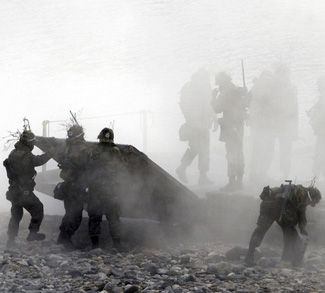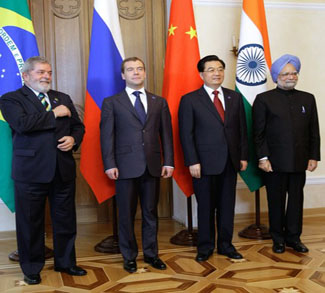Executive Summary
The status of Taiwan stands out among global disputes as one that could realistically trigger a war between major powers. Given the high stakes involved, major players have thus far been content to reluctantly accept the status quo: America supplies Taiwan with a qualitative military advantage over the Chinese military via arms sales and Taiwan persists as the state that dares not speak its’ name. The status quo, however, is starting to break down, as military advances on the Chinese mainland have begun to tip the scales. This backgrounder will first provide a brief historical overview of the conflict and then explore the changing military situation.
Historical Background
Owing to the subject matter’s complexity and limited space, this summary will only cover developments that are most pertinent to the present conflict.
Taiwan
There exists a division within Taiwanese society that, while slowly fading, remains to this day. On one side are those who lived on the island during Japanese colonization (1895-1945), and on the other the Kuomintang (KMT) refugees who flooded on to Taiwan after losing the Chinese Civil War [1]. This division was pronounced during the period of KMT rule and Martial Law (1949-1987), when native Taiwanese were forced to accept an authority that was very similar to that of their former colonial overlords in Tokyo.
During the Martial Law period, the KMT launched a ‘Sinification’ campaign aimed at stomping out remnants of Japanese colonialism and Taiwanese identity [4]. The Japanese language and local dialects such as fujianhua were repressed and replaced with Mandarin as the standard language of instruction.
After Taiwanese society democratized and began to open up in the late 80s, the division between ‘Mainlander’ and ‘Taiwanese’ became less pertinent, nevertheless it is still reflected in the support bases of the Democratic Progressive Party (DPP) and the KMT. ‘Green’ DPP supporters are less amenable to re-unification than their ‘blue’ KMT counterparts are. As of 2008, 51% of the Taiwanese population was self-identifying as exclusively Taiwanese, and a mere 5% as exclusively Chinese [8].
At present, the majority of Taiwanese people support maintaining the status quo over a declaration of independence or re-unification with China.
s/weapons/RL30957.pdf



